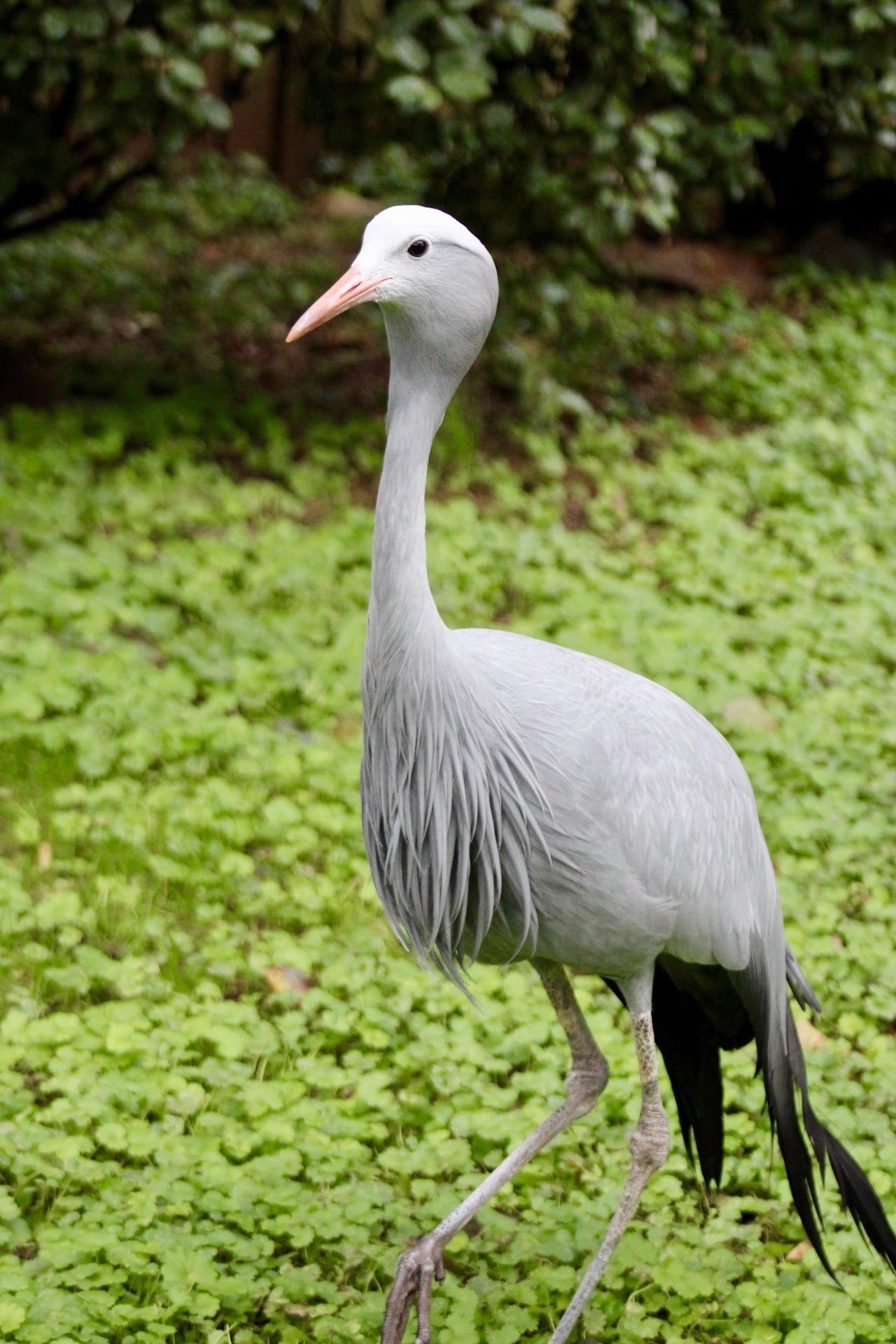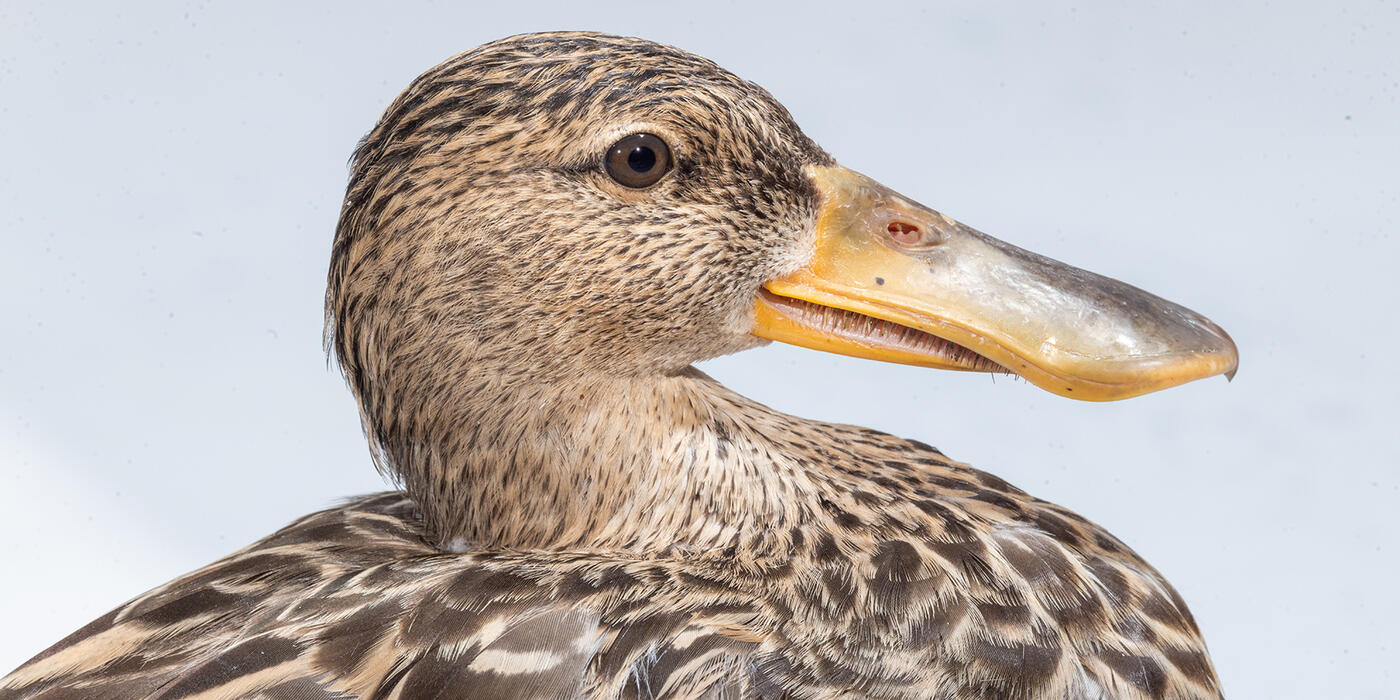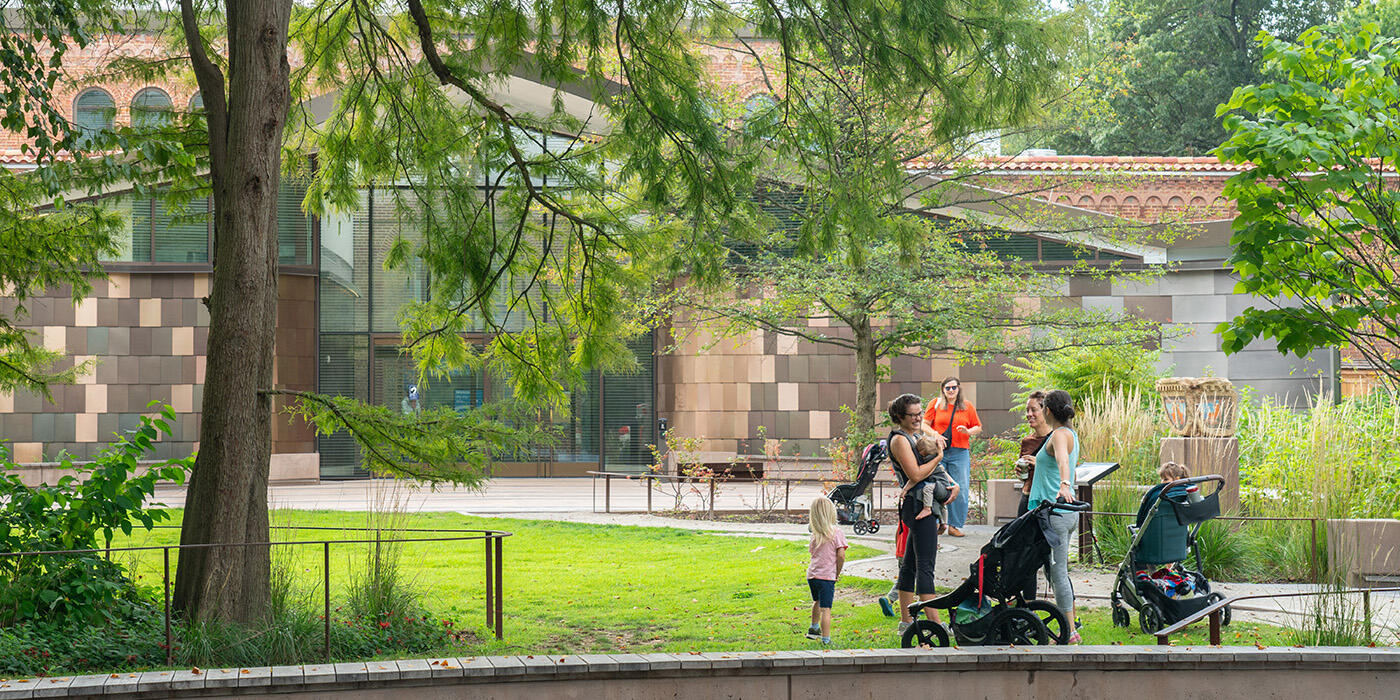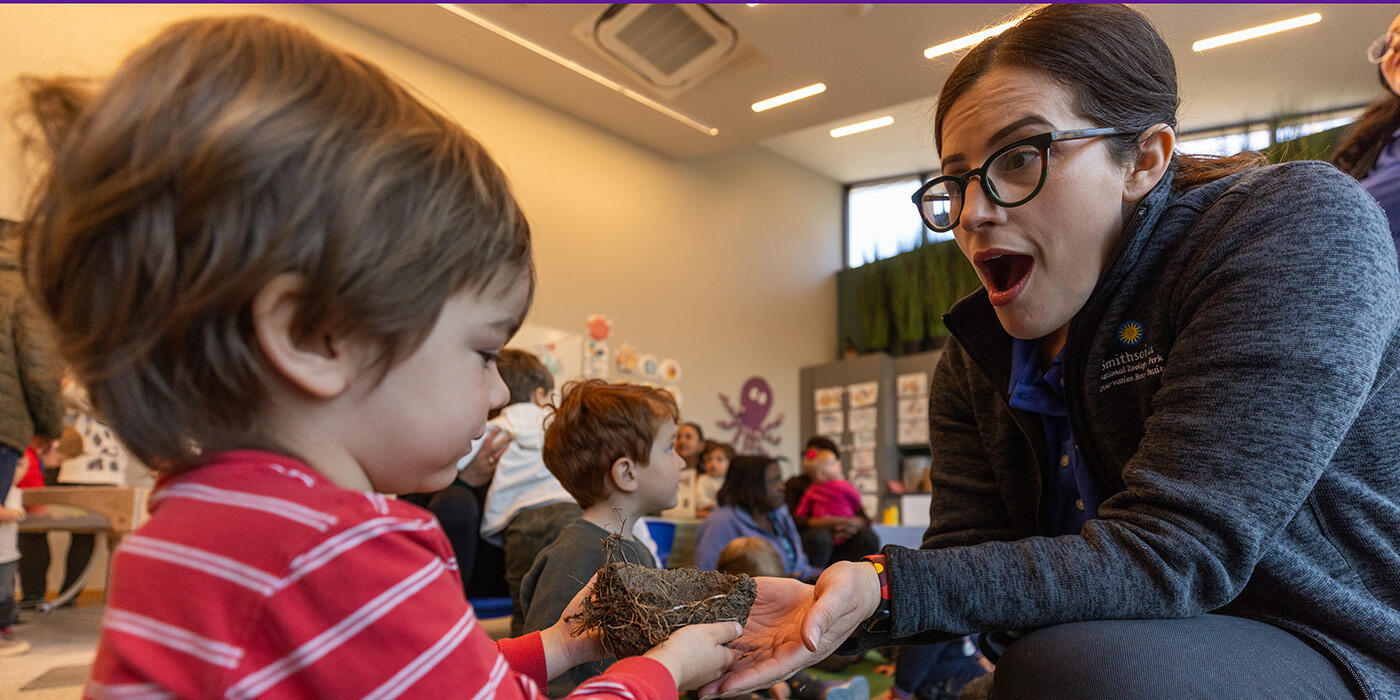Stanley Crane Dies at Smithsonian’s National Zoo
Bird House keepers at the Smithsonian’s National Zoo are mourning the loss of Alice, a female Stanley crane who died Jan. 28 during surgery to correct a limb deformity she had developed. She was 7 years old. The median life expectancy for Stanley cranes in human care is about 13 years; longevity in the wild is unknown.
Last autumn, keepers noticed that Alice appeared to be favoring, or not placing weight on, her left leg. It had been splayed ever since Alice hatched, and in August 2019 she became the first Stanley crane to undergo internal brace ligament augmentation. During that procedure, surgeons placed an internal brace suture tape inside the joint to create an artificial lateral ligament. Following the procedure, Alice walked with a slight limp, but continued to bear weight on her leg until October 2021. A CT scan revealed an angular limb deformity of Alice’s tarsal and metatarsal bones. The animal care team elected to proceed with a wedge ostectomy, which would have allowed Alice to put less pressure on her hock joint, easing her discomfort. Minutes after the surgery was complete, Alice went into cardio-respiratory arrest. Staff administered anesthesia-reversal medications and attempted to resuscitate Alice through oxygen support and cardiopulmonary resuscitation; unfortunately, they were unable to revive her. A pathology report will provide more information in the coming weeks.
Alice hatched July 7, 2014, at the Bird House. That summer, her parents laid and incubated two eggs. Alice’s sibling hatched first, and their parents devoted all of their time and attention to that chick. Historically, the pair’s second egg had been infertile. However, when keepers went to retrieve the egg, they could hear a chick vocalizing inside. Since Stanley cranes typically only raise one chick and reject the other, keepers elected to hand-raise Alice. She imprinted—or socially bonded—with her keepers and seemed to enjoy interacting with people.
Many Zoo animals participate in the Association of Zoos and Aquariums’ Species Survival Plan (SSP). The SSP manager chooses which animals to breed by considering their genetic compatibility, personality, health and temperament, among other factors. Rather than breed, Alice served as an ambassador for her species. Her affinity toward people, coupled with her upbeat and enthusiastic temperament, made her meet-and-greet demonstrations a favorite among Zoo visitors. Alice taught Zoo staff and visitors alike about Stanley crane biology, behavior and socialization. Alice was a medical pioneer for her species—she was not only the first Stanley crane to undergo ligament augmentation, but also the first of her kind to participate in a non-invasive hormone study that showed how participating in a demonstration affected animals’ cortisol (stress) levels. After Zoo endocrinologists analyzed Alice’s fecal samples, they determined she was not stressed during demonstrations.
Keepers fondly remember Alice as a beloved member of the Zoo family with a larger-than-life personality. She greeted her animal care team by “dancing”—jumping and flapping her wings—which is a traditional crane greeting. Alice would often make a “purr” vocalization to keepers, which young cranes use to communicate to their parents. Older cranes also purr to communicate with their mates.
“Alice expressed her happiness and joy every day of her life, and in doing so gave those that had the great privilege to care for her an unforgettable experience,” said Heather Anderson, Alice’s primary keeper at the Bird House. “Everyone who knew her loved her.”
Native to South Africa and Namibia, Stanley cranes are considered vulnerable by the International Union for Conservation of Nature due to habitat loss, collision with powerlines and human–animal conflict.
The Zoo’s historic 1928 Bird House is currently closed as it transforms into a first-of-its-kind attraction that immerses visitors in the annual journeys of Western Hemisphere birds. It is scheduled to reopen in fall 2022. With almost 100 species of birds, the Bird House and the surrounding bird plateau will be the first zoo exhibition of this size that focuses on the cyclical journeys of migratory songbirds, waterfowl and shorebirds integral to North, Central and South American ecosystems. Through themed walk-through aviaries, interactive experiences and dynamic educational programming, the Bird House will inspire and connect visitors to birds in whole new ways. During the renovation, the Zoo is sharing animal updates from behind the scenes on its website and Facebook, Instagram and Twitter platforms.
# # #
Related Species:




